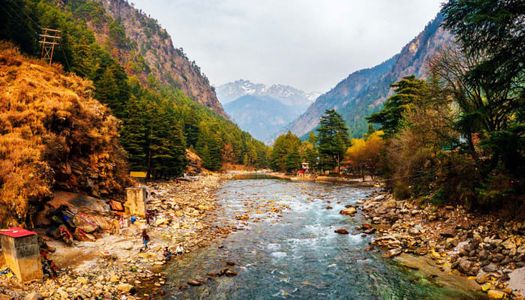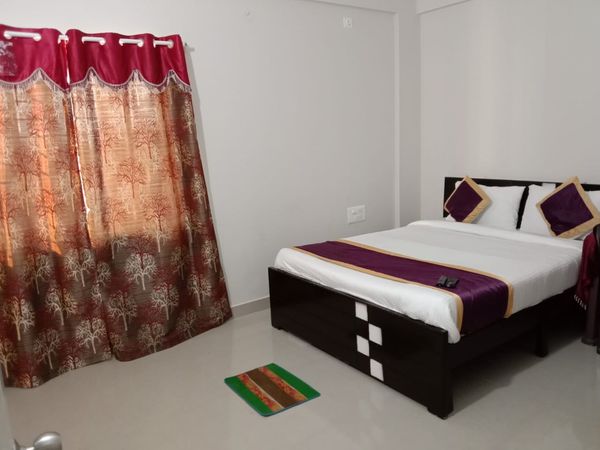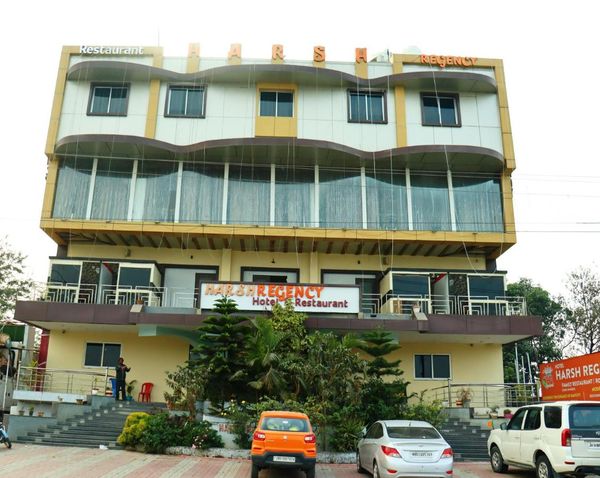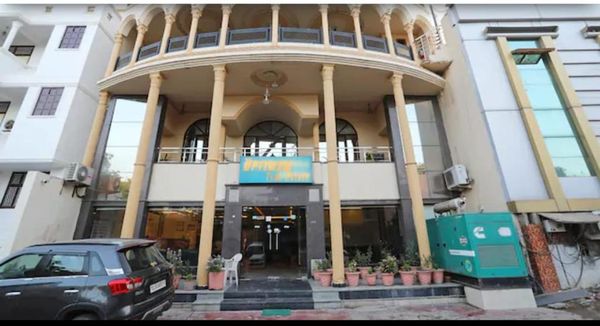From Delhi to the Divine: A Himalayan Journey to Kasol and Kheerganga
 Palakshi Meharwal
07 May, 2025
9 mins read
43
Palakshi Meharwal
07 May, 2025
9 mins read
43

Nestled in the heart of Himachal Pradesh’s Parvati Valley, the quaint hamlet of Kasol and the serene meadows of Kheerganga beckon travelers with the promise of tranquility, adventure, and spiritual solace. A journey from the bustling capital city of Delhi to these Himalayan gems is not merely a trip; it’s a pilgrimage for the soul. In this guide, we chart an enriching itinerary from Delhi to Kasol and onward to Kheerganga, offering practical advice, local insights, and cultural highlights that make this route one of the most memorable escapes into the Indian Himalayas.
The Route: How to Reach Kasol and Kheerganga from Delhi
Travelers generally cover the Delhi-Kasol distance (approximately 520 km) by road, with options including overnight Volvo buses to Bhuntar or self-driven cars. From Bhuntar, Kasol lies about 31 km away and is accessible via taxis or local buses that wind through the scenic Parvati Valley.
For Kheerganga, you must first reach Barshaini—around 18 km from Kasol—and then embark on a 12-km trek through forests, waterfalls, and alpine meadows. The journey combines road travel with light to moderate hiking, offering both accessibility and adventure.
Pro Tip: Plan your trip between April and June or September and November to enjoy favorable weather and avoid seasonal monsoons or snow-related closures.
Kasol: The Little Israel of India
Kasol, often dubbed “Mini Israel,†is a melting pot of Indo-Israeli culture. Its charm lies in its laid-back vibe, friendly locals, bohemian cafés, and the sparkling Parvati River running alongside the village.
Highlights:
- Café Culture: Try shakshuka, hummus platters, and Tibetan thukpa at cafés like Moon Dance and Evergreen Café.
- Riverside Camping: Numerous riverside tents and cottages offer scenic lodging, perfect for stargazing nights.
- Tosh and Chalal: Two easy day treks from Kasol—Tosh for Himalayan views and Chalal for forested tranquility.
- Local Interactions: The Israeli influence is prominent, from Hebrew signage to fusion food menus. Respect local customs and traditions while embracing the global ambiance.
Kasol is not about checking off tourist attractions; it’s about slowing down, sipping chai by the river, and soaking in the Himalayan spirit.
Kheerganga Trek: A Himalayan Rite of Passage
For those yearning for deeper communion with nature and self, the Kheerganga trek delivers. Starting from Barshaini, the trek ascends through the rich foliage of pine and deodar forests, quaint villages like Kalga and Pulga, and cascading waterfalls.
Trek Details:
- Distance: 12–13 km (one way)
- Duration: 5–6 hours
- Difficulty: Moderate (suitable for beginners with decent fitness)
- Trail Options: Choose among the Nakthan, Kalga, and Tosh routes. The Nakthan trail is the most direct and scenic.
Atop Kheerganga, a natural hot water spring awaits. Bathing in the warm sulfur-rich water with snow-capped peaks as your backdrop is not just rejuvenating—it’s sacred.
Cultural Note: The area is steeped in mythology. Locals believe that Lord Shiva meditated here for thousands of years. The name “Kheerganga†is derived from the milky appearance of the hot spring water, likened to "kheer" (a milk-based Indian dessert).
Travel Essentials and Tips
- Stay Options:
- In Kasol: Choose from guesthouses, boutique hostels, and riverside campsites.
- In Kheerganga: Basic wooden huts and tents are available; bring your own sleeping bag if hygiene is a concern.
- Packing List:
- Good trekking shoes with grip
- Windcheater and rain poncho
- Warm layers (nights can be chilly)
- Water bottles, energy bars, and basic first aid
- Power bank and offline maps
- Connectivity: Mobile networks are patchy post-Kasol. Inform family or friends beforehand and carry cash, as ATMs are rare.
- Environmental Responsibility: Kasol and Kheerganga face environmental strain from increasing footfall. Carry your waste back, avoid plastic, and use eco-friendly toiletries.
Why This Journey Matters
This Himalayan trail from Delhi to Kasol and Kheerganga offers more than just picturesque landscapes. It fosters a connection—with nature, local cultures, and the inner self. In a world dominated by screens and speed, the slow rhythm of life in these mountains restores perspective.
Kheerganga, in particular, becomes a metaphorical ascent. As you trek through forests, cross rustic wooden bridges, and gaze at distant glaciers, the real journey begins within. The silence of the mountains, broken only by chirping birds or rustling leaves, compels reflection.
Local Voices and Responsible Tourism
Travelers are encouraged to engage with locals. From sipping herbal tea in a village home to participating in community cleanup drives, small acts of respect go a long way. Organizations like the Parvati Valley Tourism Society regularly educate travelers about preserving the local ecology and customs.
Did You Know? Himachal Pradesh's tourism department is increasingly emphasizing sustainable travel practices. Supporting local homestays and buying handcrafted souvenirs contribute directly to village economies.
Final Thoughts: An Invitation to Stillness
The Himalayan journey from Delhi to Kasol and Kheerganga is less about distance and more about depth. Whether you're a seasoned trekker or a first-time explorer, the path invites you to pause, listen, and reconnect—with the mountains and with yourself.
Written By:
Palakshi Meharwal



Hotels at your convenience
Now choose your stay according to your preference. From finding a place for your dream destination or a mere weekend getaway to business accommodations or brief stay, we have got you covered. Explore hotels as per your mood.


